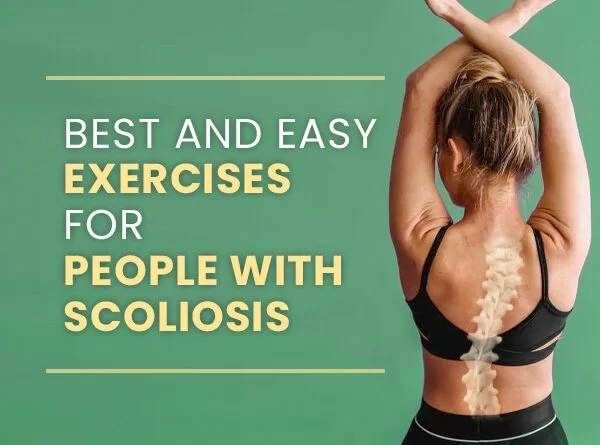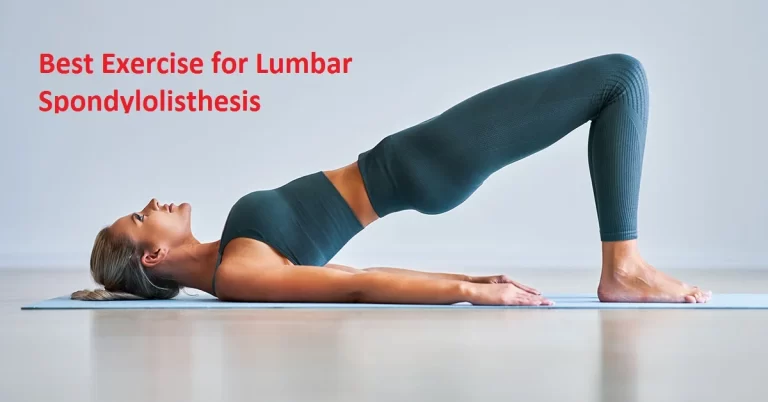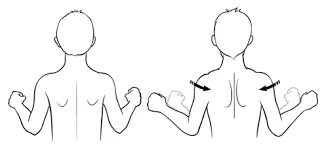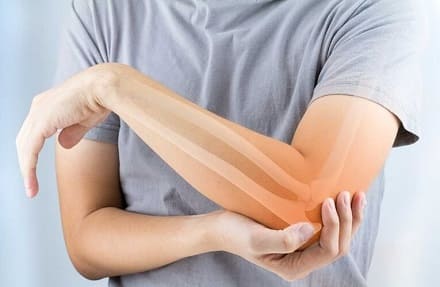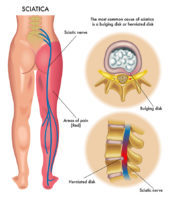Physiotherapy exercises for the Scoliosis
Physiotherapy is the treatment of disease and injury involving the muscular and skeletal systems. It is often used to reduce pain and increase mobility in patients with scoliosis. Physiotherapy exercises can be used both to strengthen the muscles that support the spine and to improve the posture and movement of the spine itself. They can be used to strengthen the muscles of the core, improve balance and improve muscle strength in the limbs.
Physiotherapy is an important part of scoliosis management. It can help reduce pain and improve mobility. It also provides an opportunity to teach you how to improve your posture and movements, which can help reduce the risk of scoliosis getting worse. The best way to find out what physiotherapy can do for you is to talk to your doctor.
Table of Contents
Advise or instruction for the patient in scoliosis :
- The most important thing is to do the correct exercises.
- After that Inform the patient/relatives about the patient’s situation.
- Some physiotherapists recommend the brace to prevent the worsening of scoliosis like as Milwaukee brace.
- Physiotherapists also address the patient’s biopsychosocial factors.
- Adolescents who are presenting with idiopathic scoliosis & also chronic low back pain symptoms & other factors like depression, insomnia, stress, anxiety & daytime sleepiness which is need to the assessed & addressed as the contributing factors for chronic low back pain experience.
Aims of the Physiotherapy exercise for scoliosis:
Following goals are achieved with the Help of Physiotherapy exercises in scoliosis
- Increase of the ROM
- Coordination of the patient
- Increase Muscular endurance or strength
- Stabilization for the body.
- Side-shifting weight of to the body.
- Auto correction 3D of the posture
- Ergonomic corrections of the body
- Balance to the Equilibrium of the body
- Increase in Respiratory capacity
- Neuromotor control of the spine

Good Posture for Scoliosis:
- In this condition, good posture is most important for scoliosis Because Good posture is reduce pain & muscle tension.
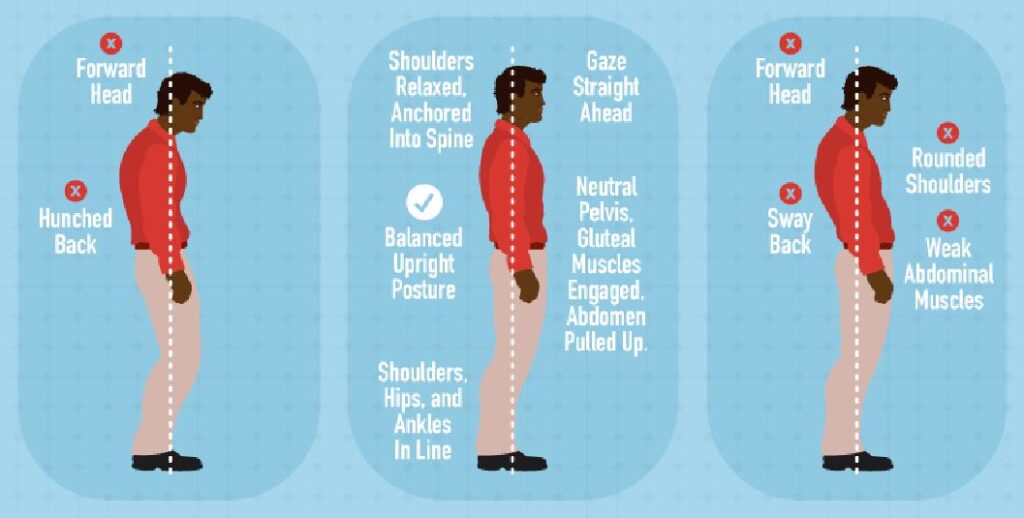
A good posture in standing :
- Drop to the shoulders down & back.
- Position the ears over onto the shoulders.
- Then Slightly tuck to the chin so that the not but to the forward / to the far down.
- Draw to the stomach slightly.
- After that Unlock the knees slightly.
A good posture in sitting :
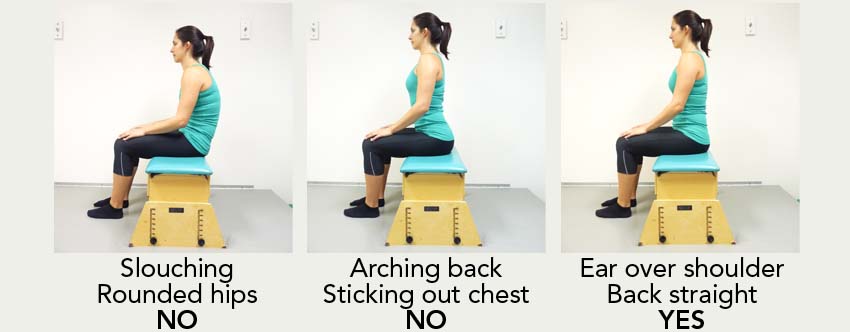
- Into the sitting.
- Keep the back straight & the ears are over to the shoulders.
- Legs must be in a neutral position & not crossed.
Best Exercises for Scoliosis:
Following are the list of the Best exercise you can do at Home for scoliosis.
- Pelvic Tilts
- Cat-Camel
- Double-Leg Abdominal Press
- Single Leg Balance
- Arm and leg raises
- Abdominal press
- Step down and one-arm reach
- Upward and downward dog
- Split stance with arm reach
Pelvic Tilts :
- Starting position is supine.
- Lying onto the back with the knees bent & feet flat on the floor.
- Flatten to the back by to the tight of the stomach muscles & buttocks.
- Hold for 5 seconds.
- During the exercise do the breathing normally.
- Do the 10 times in one session & 3 sessions per day.
Cat-Camel :
- Starting position is prone.
- Onto the hands & knees are maintain to the tight abdominal with to the head straight.
- Take a deep breath in & lift to the lower rib cage then round the back & relax to the neck.
- As they breathe out, lower the chest towards the floor after that looking slightly upward.
- Return to the beginning position with the tight abdomen.
- Do the 10 times in one session & 3 sessions per day.
Double-Leg Abdominal Press :

- Starting position is supine.
- Lying on the back with the knees bent & feet flat on to the floor.
- Then keep to the back into the neutral position.
- After that Raise the legs off onto the floor one at a time so that knees & hips are bent at 90° angles.
- Push the hands against the knees when pulling the knees toward the hands, which are engage the abdominal muscles.
- Must be Keep the arms straight
- Hold this position for at least 3 deep of breathing.
- Do the 10 times in one session & 3 sessions per day.
Single Leg Balance :
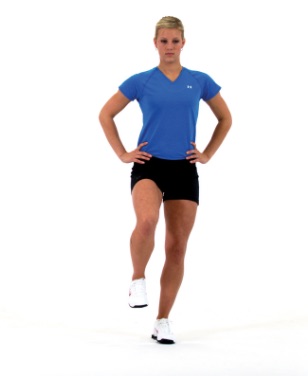
- Starting position is standing.
- With the eyes open, bend to one knee up & do the balance on one foot.
- Then first use the hands for the support such as the hold to the back of the chair / table & the wall.
- When this balance is become easier after that take to the hand(s) away & place the hands out to the side.
- After that solve the Challenge like as the bring to the arms across to chest.
- Other is Close to the eyes for the greater challenge.
- Do the 10 times in one session & 3 session per day.
Arm and leg raise:
- starting position is prone.
- Lie on to the front with the forehead thought to the ground.
- Extend the arms out over to the head, with the palms are positioned flat on the ground.
- Then Keep the legs are straight.
- Then Raise one arm off of on the ground.
- Hold for one / two full breaths, then lower to the arm in back down.
- Repeat this exercise each arm & each leg.
- Do the 10 times in one session & 3 sessions per day.
Abdominal press :
- Starting position is supine .
- Lie on the back with the feet flat onto the ground & knees are bent.
- Keep to the back into the neutral & tension-free position.
- Then Raise to the both lower legs off onto the floor till reach to the on 90-degree angle.
- Engage the abdominal muscles ; then use the hands for to the push down onto the knees & pull to the knees toward on the hands at the same time.
- it is a static exercise ; meaning the legs & arms are move when the pressing the abdominal muscle .
- Hold the position for the 3 full breaths after that do the relax.
- Do the 10 times in one session & 3 session per day
Step down and one-arm reach :

- Starting position is standing .
- With the leg is appears longer when to the lie on the back.
- Then step onto the small box/step.
- Lower to the opposite leg down onto the floor as the bend is into the knee.
- On the descend time , raise the arm onto the same side like as the lower leg up to as high as possible.
- For example, if the right foot is lower on the floor so raise the left arm is.
- This exercise is not to perform in the other side.
- Do the 10 times in one session & 3 sessions per day.
Upward and downward dog :
- Starting position is prone plank .
- In this position with to the arms are stretched out to the straight .
- Then push the hips back & up as far as to the possible.
- Hold the position for to the 2 seconds then lower to the hips back down toward to the floor.
- Then Try to the get as low as the possible without to the giving a back discomfort / pain.
- Do the 10 times in one session & 3 sessions per day.
Split stance with arm reach :

- Starting position is standing.
- Step forward with to the longer leg in front of you in a slightly exaggerated stride length.
- Keep the torso as upright as possible at all times.
- Then Begin to the shifting the weight back & forth,
- Allow to the knee in front to bend as to the feel of the weight shift onto it.
- As they shift the weight forward, raise the arm which is opposite the front leg as high as possible.
- When the arm is reaching the upward then reach to the other arm back with the palm up if possible.
- Causes of that the torso & spine is turned toward the side of the front of the leg.
- Perform the exercise only on the affected side.
- Do the 10 times in one session & 3 sessions per day.
Stretching for scoliosis :
- Latissimus dorsi stretch
- Sitting Rotation Stretch
Latissimus dorsi stretch :
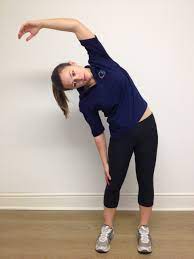
- Starting position is standing.
- Stand with the good posture into the neutral position.
- Keep the feet in shoulder-width apart & knees are bent to very slightly.
- Then Reach the over head with the both hands & grab the right wrist with the left hand.
- Bend the slightly toward the right side until patient is feel the stretch into the left side of the body.
- Then Hold for 1 to 2 breaths, push with to the left foot to the return on to the original position.
- Repeat the exercise in opposite side.
- Do the 10 times in one session & 3 sessions per day.
.
Sitting Rotation Stretch :
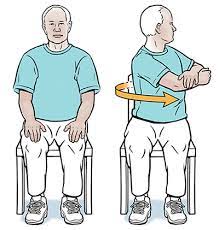
- Starting position is sitting .
- Sit onto the floor & do the exercise mat.
- Cross to the right leg over onto the left.
- Place the sole of the right leg on to the floor.
- Then Place the right arm behind you as a support.
- Twist to the torso towards the right leg.
- After that Extend to the left arm so that elbow is presses to the against of the knee.
- It depends on the stretch.
- Look over onto the right shoulder for to the deepen to the stretch even of more.
- After that repeat the stretch again on to the other side .
- Do the 10 times in one session & 3 session per day .
Chest physiotherapy for the patient who is suffering from scoliosis :
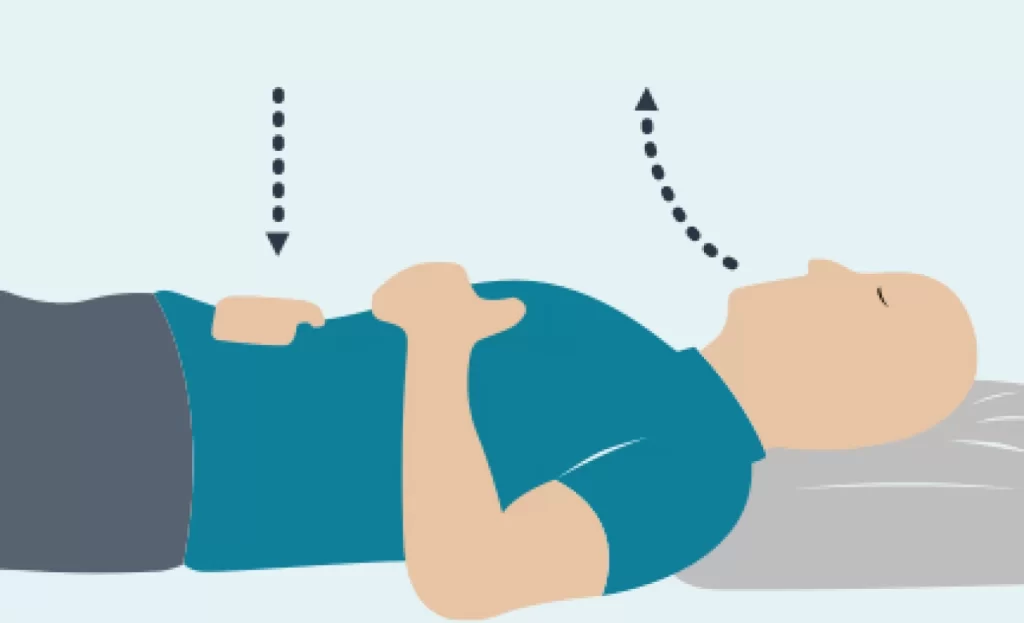
- Breathing exercises are combined with the thoracic active mobilizations.
- These are another important aspect for to the physiotherapy.
- Severity of this curvature which is pressure onto the airways & lungs.
- So that the patient is experience the trouble during the breathing.
- If the risk of pulmonary dysfunction reason as to the result of the pressure of to the spine is too very high after that the surgery is indicated to the patient.
Scientific Exercises Approach for the Scoliosis (SEAS) exercises :
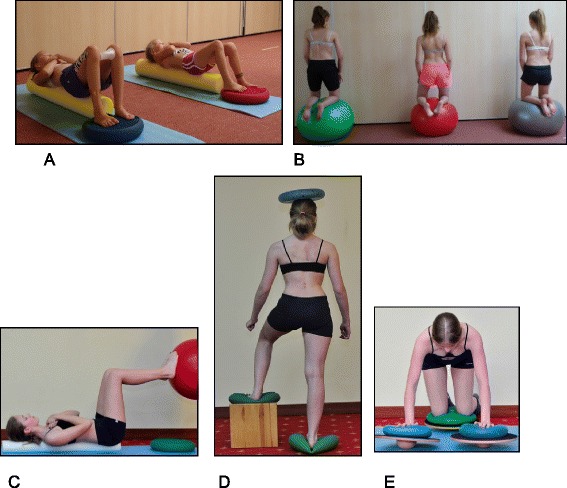
- In this exercise Effective for to the reduce of the rate of progression of the scoliosis .
- It is compared with the usual care & help to the avoid brace prescription.
- Evidence is also supports that this exercise is found onto the effective into the reduce the spinal deformities which is compared with the control groups.
- This exercises are depended onto the according of on the Italian Scientific Spine Institute (ISICO) which is based onto the specific form of the Active Self-correction = ASC.
- This is taught to the individual for the each single patient.
- It is to the achieve maximum possible correction of the posture .
- ASC which is associated with stabilizing exercises which is include the neuromotor control / proprioceptive training & balance.
- This exercises are also incorporated in to their daily living activities.
- In this approach involves with to the parents are getting together with the child on the cognitive-behavioral approach for to maximize compliance with the treatment.
Another exercise program is the Klapp Exercises :
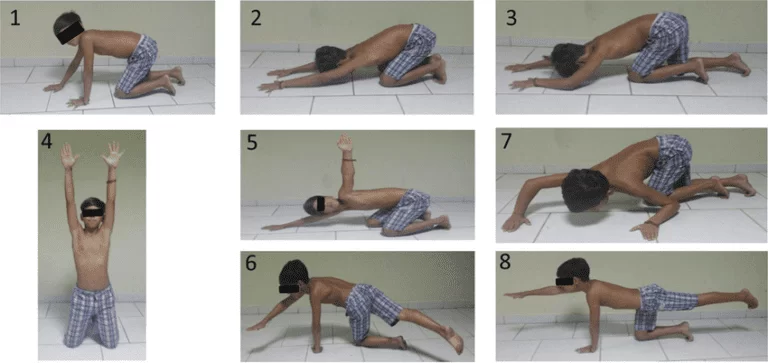
- It is the nonsurgical method that is established with the aim of correcting spinal curvature by the use of stretching & strengthening exercises of the back muscles.
Respiratory rehabilitation program for children who suffer from scoliosis :
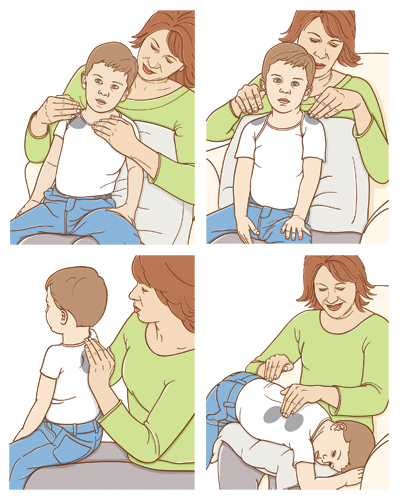
- Teach to the patient Respiratory education techniques like as the abdominal-diaphragmatic ventilation / thoracic mobilisation & ventilation at to the rest & during activities of to the daily living.
- It is prevention to the chest & skeletal muscles form the stiffness .
- Apply to the Postural drainage & vibration for to the evacuate mucus.
- So that decrease the resistance of into the airways.
- Apply to the Relaxation techniques to the child for to the better control of the respiration .
- It is the respiratory rehabilitation which is apply the positive effect on the increasing pulmonary function of the children with the scoliosis
Management for the Non–Structural scoliosis :
- This management is divided into three parts:
- Preparation
- Specific exercises
- Returning to a relaxed position
Preparation means = warm up + stretch :
- Into the Warm-up : include to the eight minutes of the walking on to the treadmill / an elliptical machine.
- After the warm-up every patient do to some stretching exercises like as:
- Spine forward stretching:
- Upper rolling
- Child position
- Forward leg pull
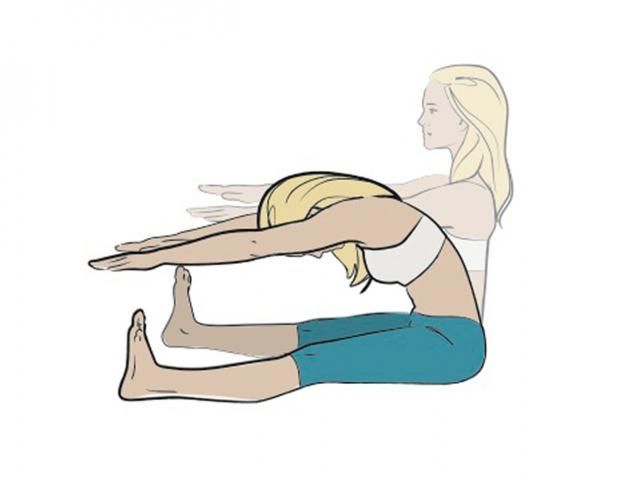
Spine forward stretching:
- Starting position is sitting .
- Patient is sit onto the floor with to the back is straight & legs are stretched.
- after that patient is bring to the trunk forwards.
- Goal of this stretching :it is Stretch to the posterior muscle chain & mobilize to the vertebral spine .
Upper rolling:
- Starting position is supine .
- Patient is lies into the supine with to the arms besides of the body.
- Then patient is raise to the both the legs till to the toes are touches on to the floor.
- After that unroll to the spine slowly to the vertebra by vertebra .
- Goal of this stretching :it is Stretch to the posterior chain / mobilize to the spine & strengthen to the abdomen.
Child position:
- Starting position is sitting .
- Patient is sit into the four the support position .
- It is stretch to the spine / arms & push to the hands against the floor.
- After that to the lower to the spine.
- Goal of this stretching :it is Stretch to the thoracic para vertebral, lumbar / gluteal regions & mobilize to the vertebral spine.
Forward leg pull:
- Starting position is sitting .
- Patient is sit into four support position.
- Then raises to the right arm & leg while to the spine stays aligned.
- After that do the same exercise but in other arm & leg.
- Goal of this stretching : it is Stretch to the concavity of the vertebral spine.
Specific exercises:
- For the exercise use the Swiss ball & Flex Ball Quarks .
- It is important to the patients which is learn to the breathing right during exercise.
Some exercise is included:
- Do the all Hip movements with to the large ball of 65 cm diameter .
- Into the hip movement include the flexion , extension , abduction , addction , medial / lateral rotation .
- Goal of this exercise : Strengthening the gluteal muscles & develop them to the equilibrium.
- Do the Inverted abdominal skills with the ball of 55 cm diameter.
- Goal of this exercise : Strengthening the infra abdominal region & to the ischiotibial muscles.
- Rise the body into the seated position :
- Goal of this exercise : Strengthening the M. rectus abdominis.
- Lateral spine movement :
- It is do with the use of the step chair with to the spring of the 0.1410 kg which is positioned into the rings for to the provide a major resistance.
- Goal of this exercise: Stretching to the lateral muscle chain which is according to the direction of the convexity of to the scoliosis.
- Flexibility of the body :
- It is do with to the use of the step chair with to the spring of the 0.1410 kg which is positioned into the rings for to the provide a major resistance.
- Goal of this exercise : Mobilize to the spine & stretch to the para vertebral thorax & lumbar muscles.
Returning into the relaxed position = relaxation :
- It is consist of the three movements
- Patient is repeat to the all exercise in 3 times for the five minutes.
- All the exercises is performed the rapidly.
- Purpose of this exercise is metabolic recovery & relaxation of the used muscles.
Schroth Method for the nonsurgical treatment of the scoliosis :
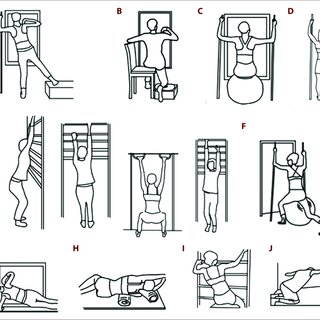
- It is used for the exercises which is customize to the each patient for the return into the curved spine into the natural position.
- Goal of to this exercises = which is do to the de-rotate, elongate & stabilize of to the spine into the three-dimensional plane.
- It is achieved by the physiotherapy which is focuses on the :
- Roster to the muscular symmetry & alignment of the posture.
- do the Breathing into the concave side of the body.
- Teach the patient about awareness of posture.
- purpose of the exercises is to the derotate / deflex & to correct of the spine in the sagittal plane while elongating into the spine.
- Image : 1 = Into the Image Patient is with the right thoracic scoliosis which is performing the Door handle exercise ; according on to the new Power Schroth principles.
- Correction of to the head alignment is not to the achieved but correction of to the sagittal profile is already to the visible.
- Image : 2 = Into the image Patient with the right thoracic scoliosis which is performing the exercise of Frog at the pond according onto the new Power Schroth principles .
- correct to the head alignment is not to the achieved but correction of to the sagittal profile is already to the visible.

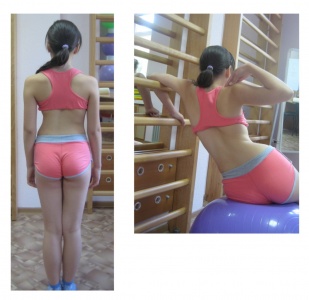
- During the exercise patient is needs to the focus about to the re-establishing in spinal symmetry.
- Key of to the successful therapy is work consistently to the correct of the spine.
- Difficult part of the therapy is to the learn to the shorten of the muscles onto the convex side of the spine .
- After that lengthen of the muscles onto the concave side of the side means muscles are become into imbalance onto the opposite sides.
- Exercise are position into the approaches of the functional or structural threshold.
- This therapy is take to the advantage of into the over corrected positions.
- For the Basic corrections used to the mirrors with to the in front & at to the back of the patient.
- Posture is requires for the concentration & coordination.
- Which is apply for to the correct breathing & well-adapted muscle in length & tension.
Yoga poses for the scoliosis
- Mountain Pose
- Tree Pose
- Cat/Cow Pose
- Child’s Pose
- Side Plank
- Downward Dog
- Warrior Pose
Mountain Pose :
- Starting position is standing .
- Stand with the big toes are touching & heels are slightly separated.
- Then Relax to shoulders & allow the arms to the hang & relaxed, by to the sides.
- Close the eyes & envision to firmly planted in to the ground which is concentrating on to the feet.
- Then Lift up to the balls of the feet & then to the toes.
- After that distributing to the weight evenly in across to the feet.
- Settle to the back down flat & find the balance.
- Fan out to the toes.
- After that Engage the thigh muscles, but do not lock the knees.
- After that Lift the pelvic bone slightly toward the navel.
- Must keep to the chin parallel on to the floor & relax to the shoulders, letting the arms are hanging to naturally.
- Relax the facial muscles & take to the slow breaths.
- Do the 10 times in one session & 3 session per day.
Tree Pose :

- Starting position is mountain pose .
- After do to the mountain pose .
- Shift to the weight onto left foot.
- With to the right hand / reach down & grab to the right ankle.
- Then Lift to the right foot & place to the sole of the foot against to the left thigh.
- If to the patient cannot reach up to the thigh, try to the put the foot against to the calf the instead.
- Stretch & lengthen to the spine.
- Draw to the pelvic bone inward & point to the tailbone toward to the floor.
- Place to the palms together in front of the chest & move the shoulder blades together.
- Gaze to the forward / take slow & steady breaths.
- Stay in to the pose on the left leg for to the 30 seconds.
- Do the 10 times in one session & 3 session per day .
Cat/Cow Pose :
- Starting position with to the fours limb .
- Begin onto the all fours with to the hands are below to the shoulders & knees are below to the hips it is also known as the tabletop pose.
- Look down to the towards the yoga mat & spread to the fingers.
- Engage to the abdominal muscles.
- With the inhale, lift to the head & tailbone then make to the lower back is concave.
- With the exhale, tuck to the tailbone then release to the neck & gently drop to the head while round the back & neck.
- Do the 10 times in one session & 3 session per day .
Child’s Pose :
- Starting position is sitting .
- Begin to seat with the heels.
- Stretch to the arms & hands out in front of the
- Bend to the upper body forward then lower to the chest close to the knees.
- Continue to the stretch the arms forward till the feel the comfortable stretch .
- Take to the deep breaths & relax as to the feel the back & spine muscles are lengthening.
- After that Relax to the entire body.
- Do the 10 times in one session & 3 session per day .
Side Plank :
- Starting position is side -lying .
- This pose is start by to the lying onto one side with to the legs extended .
- Then keep to the head aligned with to the spine.
- After that lift to the hips & knees from to the floor & push up with to the arm.
- While engaging to the core & make sure to the torso is straight / aligned with to the rest of the body.
- Do the 10 times in one session & 3 session per day .
Downward Dog
- Starting position is plank.
- Into the a plank position with to the hands are flat on the floor & arms are stretched out straight.
- After that push the hips back & up into in upside-down in V position .
- After that pulling the hips back down towards the floor during the exercise do the deep breathing.
- Do the 10 times in one session & 3 sessions per day.
Warrior Pose :
- It is good for scoliosis because it improves balance / enhances stamina & when practiced properly / regularly.
- It is leads to the back strong which is better supported by the spine.
- This pose helps to loosen constricted psoas muscles, which is associated with lumbar scoliosis.
- It is performed in the standing position.
- In the standing with lunge position while lifting the arms upward & stretching to the thighs.
- After that move to the back leg & back which is reaching the arms outward.
Which Yoga Poses Are Avoid in Scoliosis?
- If the patient is not doing the right scoliosis exercises it produces secondary effects like pain & also do the condition worse.
Some yoga poses which avoid the yoga pose include:
Bending of the backward:
- It is many common yoga poses which is doing the hyperextend to the middle back.
- poses are cobra, locust, half moon & sun salutation.
- These poses actually increase the spinal curves of scoliosis patients.
Twisting to the torso:
- The spinal twist pose is never used during the scoliosis condition.
- When the shoulders & rib cage are twisted against the pelvic girdle.
- This motion is exacerbated by the contortions present in the scoliosis spine.
Bending of the rib cage:
- Bending to the rib cage forward / sideways & backward.
- It is also caused by the curves which worsen in patients with scoliosis.
- This Yoga poses like as to the side bend, seated twist , triangle & sage twist fall into the category.

